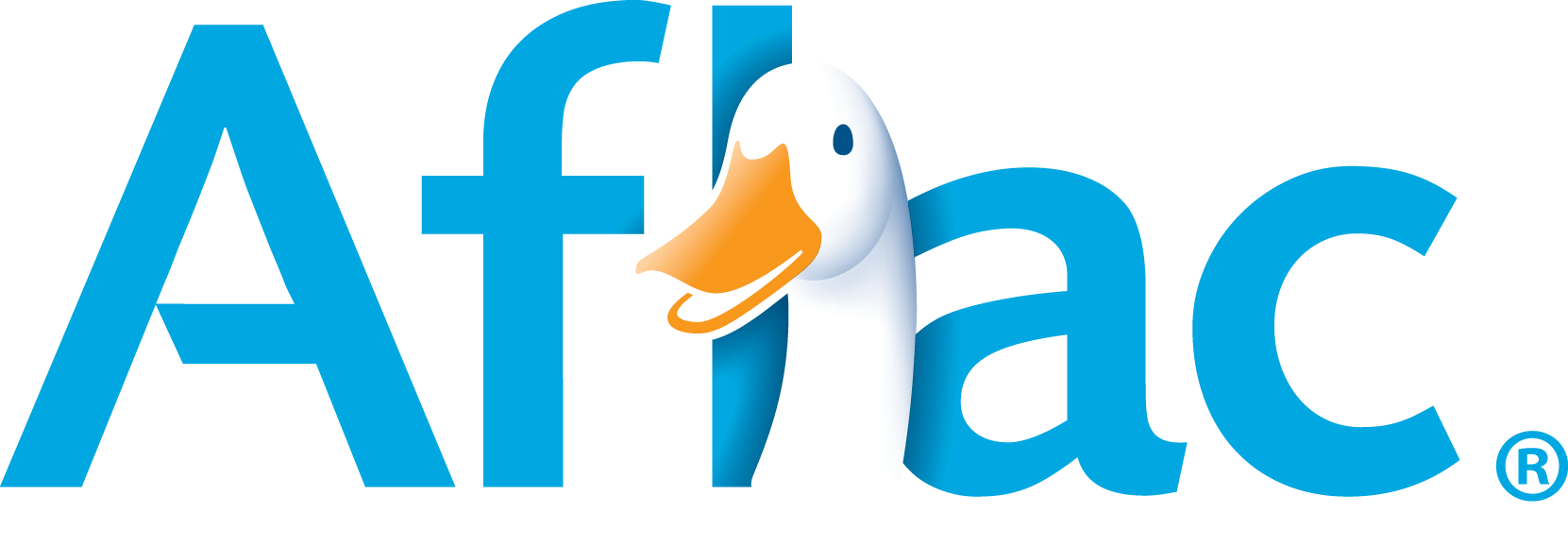Aflac Voices — Matthew Owenby: Pivoting From Stuck to Strategizing

Originally published on Aflac Newsroom
In today’s evolving economic landscape, many professionals are finding themselves in a place they didn’t expect: feeling stuck. Whether it’s due to hiring slowdowns, industry shifts or broader market uncertainty, many employees are holding tight to their roles — not necessarily out of passion, but out of caution. It’s a concept we’ve come to know as “job hugging”: staying in a role not because it’s fulfilling, but because the future seems unclear.
But job hugging doesn’t have to be a red flag. In fact, it presents an opportunity for reflection, recalibration and strategizing ways to grow from where you are now.
Before I dive into helpful tips, let me say this: Feeling stuck is not a reflection of your talent, ambition or value. It’s a natural response to external conditions that are beyond your control. The job market is experiencing a period of recalibration, and if you’re feeling emotionally detached, overwhelmed, or underappreciated, you’re not alone. In fact, according to the 2025-2026 Aflac WorkForces Report, 61% of employees report at least moderate burnout — a seven-year high. That’s not just a statistic; it’s a signal.
Now, how can you pivot so that you can avoid feelings of burnout, disengagement and frustration? Here are a few suggestions:
Commit to your growth. Career development doesn’t always mean a new title or a change in role. It also can mean deepening your expertise, expanding your network or taking on stretch assignments that build new capabilities. If you’re feeling stagnant, talk to your manager or a member of the Human Resources (HR) team, and look into mentorship opportunities, cross-functional projects or other skill-building programs.
Recognize signs of burnout early. Burnout isn’t always dramatic. It can be subtle — what some call “quiet cracking” — where employees silently push harder and longer without recognition. Protecting your energy isn’t selfish; it’s strategic. Take opportunities to truly step away and catch your breath by using your PTO, unplugging after hours and engaging in your favorite hobbies. If you need support, talk to your manager or HR — that’s exactly what they’re there for.
Remember that your career can be a long-term journey. Market conditions may slow movement temporarily, but they don’t define your trajectory. Use this time to reflect on your goals, identify areas for growth and invest in yourself. Small steps — like attending a workshop, joining an employee resource group or volunteering for a new initiative — can reignite your sense of purpose and momentum, and they can provide great exposure for potential future opportunities.
Advocate for yourself. If you feel undervalued, speak up. Fewer than half of employees (48%) believe their employers genuinely care about them, according to the 2025-2026 Aflac WorkForces Report. That’s a trust gap, but it’s also a chance to start a conversation. Schedule regular check-ins with mentors, managers and HR representatives where you can share your goals, ask for feedback and get clarity and support.
Final thought: Normalize the conversation.
Buzzwords like “job hugging” or “quiet quitting” can be helpful — they give language to what many are feeling. But talk alone isn’t enough. We must act. If you’re hugging your job right now, do it with boundaries. Do it with purpose. And most importantly, do it with hope, because you’re not stuck — you’re strategizing.

